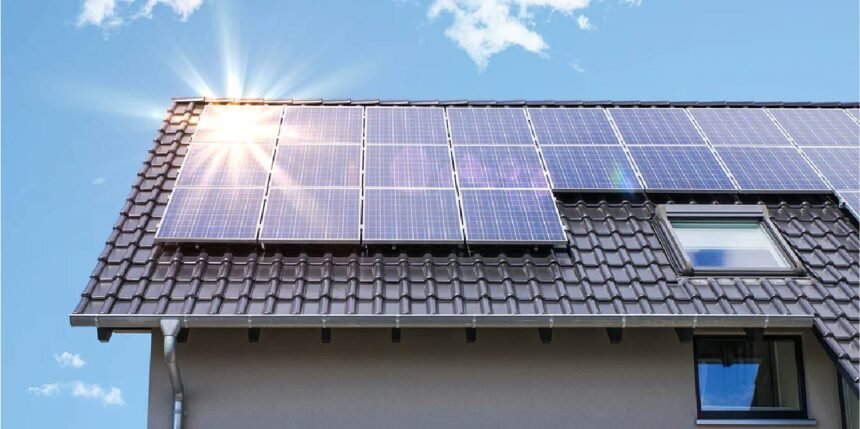The push for energy independence is growing as households seek control over their energy consumption, lower utility bills, and a more sustainable lifestyle. Whether you’re concerned about rising energy prices or the environmental impact of non-renewable energy sources, achieving energy independence is more accessible than you might think. Here’s a look at six practical ways your household can gain energy independence and enjoy the benefits of being less reliant on traditional power grids.
1. Invest in Solar Power
Solar energy is hands down one of the most effective ways to achieve energy independence. Installing solar panels allows your household to generate its electricity from the sun—which is free, abundant, and renewable.
Modern solar panels are becoming increasingly efficient and affordable, making them a go-to option for many homeowners. Additionally, there are numerous incentives and tax credits available that can significantly reduce the cost of installation. According to SEIA (Solar Energy Industries Association), the cost to install solar panels has dropped by more than 60% over the last decade.
If you live in states like Utah, where sunlight is plentiful, solar power can be an especially efficient solution. Many solar companies in Utah offer end-to-end services, from consultation to installation, ensuring a seamless transition to solar energy.
2. Adopt Energy-Efficient Appliances
Energy-efficient appliances are another excellent way to move closer to energy independence. These appliances, labeled with Energy Star ratings, consume significantly less power than traditional models, ultimately reducing your household energy demand.
For instance, upgrading to an energy-efficient refrigerator, washing machine, or water heater can cut energy consumption by up to 30%. Combine these upgrades with smart home technology that optimizes usage (e.g., programmable thermostats that adjust based on your schedule) to further reduce waste.
3. Utilize Battery Storage Systems
A solar panel system alone may not guarantee complete energy independence, especially at night or during cloudy weather. Here’s where battery storage systems come into play. By investing in systems like Tesla’s Powerwall or other high-capacity solutions, you can store surplus energy generated by your solar panels during the day for later use.
Battery storage not only reduces reliance on the grid but also ensures your household has a backup energy source during power outages, making it a practical and reliable investment in your path toward self-sufficiency.
4. Insulate Your Home for Maximum Efficiency
One often-overlooked aspect of energy independence is your home’s insulation. A poorly insulated home leaks energy, forcing you to consume more power to regulate indoor temperatures. Properly insulating your walls, attic, floors, and windows can make a massive difference in your overall energy use.
Additionally, upgrading to energy-efficient windows (such as those with double glazing) and using weather stripping around doors can help prevent heat loss in winter and retain cool air in summer. This reduces your dependency on heating or cooling systems, saving both energy and money.
5. Diversify Your Energy Sources
While solar power is an incredible asset, diversifying your household’s energy sources can enhance your independence even further. Consider integrating technologies like wind turbines, geothermal heating, or micro-hydro systems (if you have access to a flowing water source).
For example, small-scale wind turbines can complement solar panels during less sunny months, filling any energy production gaps. These combined efforts ensure a continuous power supply for your household while reducing reliance on external energy providers.
6. Cultivate Energy-Conscious Habits
While technology plays a vital role in gaining energy independence, your household habits matter just as much. Simple changes to your daily routine can have a significant impact on energy use.
For example:
- Turn off appliances and lights when not in use.
- Use natural light during the day instead of relying on electric lighting.
- Schedule laundry and dishwasher loads during off-peak energy hours.
- Consider line drying clothes instead of using a dryer.
Cultivating these habits ensures that your household uses energy responsibly, further contributing to your independence goals.
Achieving energy independence may initially require an investment of time, effort, and resources, but the long-term rewards are undeniable. By investing in renewable energy solutions, upgrading your appliances, and adopting sustainable habits, you can take significant steps toward reducing reliance on traditional power grids while playing an active role in creating a more sustainable future.







